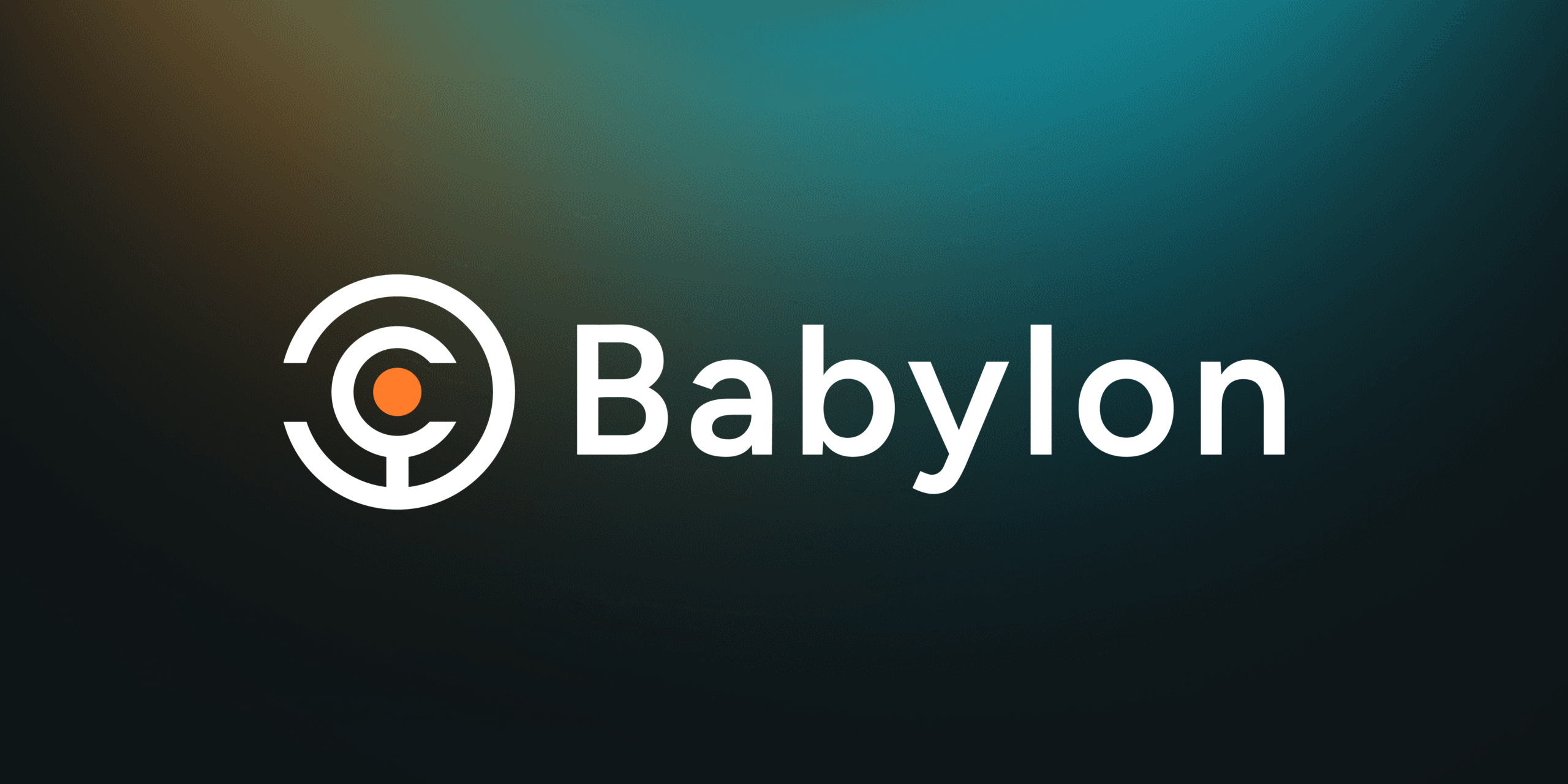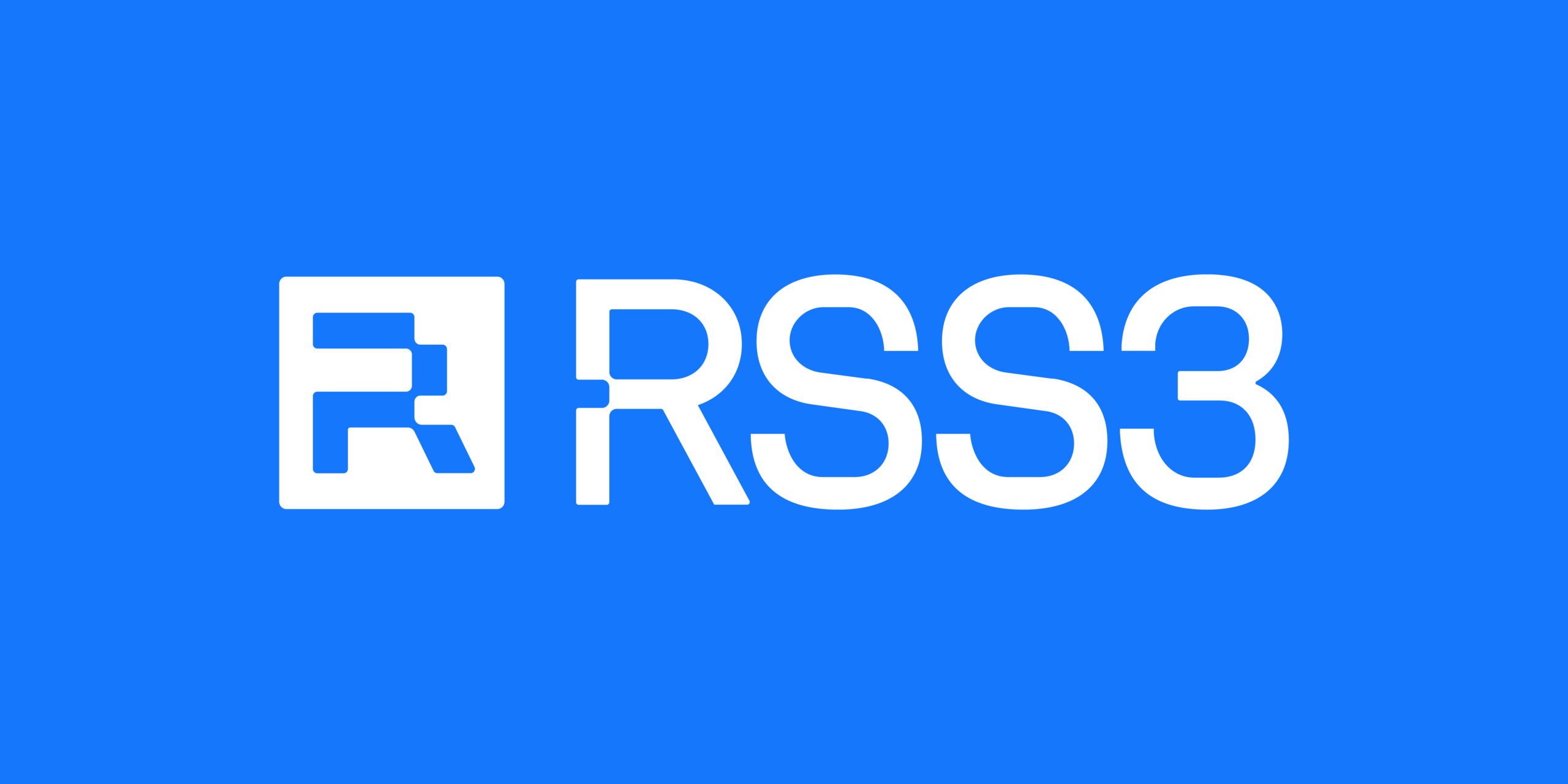Introduction
Babylon emerges as a pioneering initiative in the realm of cryptocurrency, introducing a Bitcoin Staking Protocol designed to leverage the economic might of Bitcoin to fortify decentralized economies. The protocol aims to unlock the staking potential of the 21 million bitcoins, thereby providing bitcoin holders a secure avenue to earn yields on their otherwise idle digital assets.
Babylon Innovation
At the heart of Babylon‘s innovation is its approach to bitcoin staking, introducing mechanisms for fast-binding and scalable retaking that promise maximal liquidity and yields. Moreover, the protocol is distinguished by its modular design, ensuring compatibility with various Proof-of-Stake (PoS) chains. This positions Babylon as a versatile plug-in solution for enhancing security across the decentralized landscape. The development of three core security-sharing protocols—Bitcoin Timestamping, Bitcoin Staking, and Bitcoin Data Availability—underscores Babylon’s commitment to advancing decentralized systems’ security, integrity, and reliability.
Architecture
Babylon’s architecture is built on the robust foundation of the Cosmos SDK, further complemented by peripheral programs that facilitate BTC staking, finality round participation, and seamless communication with Bitcoin and Consumer Zones. The vigilante suite and monitor programs play critical roles in ensuring the security and consistency of Babylon’s operations, acting as data relayers and watchdogs against discrepancies between Babylon and Bitcoin. This intricate architectural setup underscores Babylon’s commitment to security and operational integrity.
Code Quality
Babylon’s code base reflects a high-quality standard, demonstrating advanced cryptographic technologies and a keen focus on security. Implementing Extract One-Time Signature (EOTS) technology to mitigate and manage slashable PoS attacks by converting them into spendable Bitcoin Unspent Transaction Outputs (UTXOs) exemplifies the project’s innovative approach to enhancing ecosystem security, the commitment to quality and security positions Babylon as a reliable and forward-thinking protocol in the decentralized space.
Product Roadmap
While this review does not discuss specific details of Babylon‘s product roadmap, the protocol’s introduction and the outlined features suggest a strategic plan focused on expanding its utility across multiple PoS chains and dApps. The emphasis on modular design, alongside the development of key security-sharing protocols, indicates a forward-looking approach aimed at broad adoption and integration within the decentralized ecosystem.
Usability
Babylon prioritizes usability by providing a secure and efficient platform for Bitcoin stakeholders. The protocol’s features, such as fast unbinding and scalable restacking, ensure user convenience and enhance the staking experience. By addressing common concerns around liquidity and yield optimization, Babylon aims to attract a broad user base, making Bitcoin staking accessible and attractive to both seasoned and novice stakeholders in the cryptocurrency domain.
Team
The development team behind Babylon is noted for its vast expertise, comprising developers with diverse backgrounds in cryptography, blockchain technology, and decentralized systems. This multidisciplinary team brings knowledge and experience to the project, driving innovation and ensuring the protocol’s alignment with industry standards and user expectations.
Conclusion
Babylon represents a significant step forward in utilizing Bitcoin’s economic potential to secure decentralized economies. With its innovative approach to Bitcoin staking, modular design, and commitment to security, Babylon is well-positioned to make a meaningful impact on the security, economics, and adoption of PoS chains and dApps. The protocol’s high code quality, strategic product roadmap, and user-centric features further reinforce its potential to enhance the cryptocurrency ecosystem. As the project evolves, its continued focus on innovation, security, and usability will be critical to achieving its ambitious objectives and fostering broader integration across decentralized systems.
| Initial Screening | |||
| Keep researching | |||
| Does this project need to use blockchain technology? | Yes | ||
| Can this project be realized? | Yes | ||
| Is there a viable use case for this project? | Yes | ||
| Is the project protected from commonly known attacks? | Yes | ||
| Are there no careless errors in the whitepaper? | Yes | ||
| Project Technology Score | |||
| Description | Scorecard | ||
| Innovation (Out Of 11) | 9 | ||
| How have similar projects performed? | Good | 2 | |
| Are there too many innovations? | Regular | 2 | |
| Percentage of crypto users that will use the project? | 6% – 10% | 3 | |
| Is the project unique? | Yes | 2 | |
| Architecture (Out of 12) | 11 | ||
| Overall feeling after reading whitepaper? | Good | 2 | |
| Resistance to possible attacks? | Good | 2 | |
| Complexity of the architecture? | Not Too Complex | 2 | |
| Time taken to understand the architecture? | 20 – 50 min | 1 | |
| Overall feeling about the architecture after deeper research? | Good | 4 | |
| Has the project been hacked ? | No | 0 | |
| Code Quality (out of 15) | 14 | ||
| Is the project open source? | Yes | 2 | |
| Does the project use good code like C,C++, Rust, Erlang, Ruby, etc? | Yes | 2 | |
| Could the project use better programming languages? | No | 0 | |
| Github number of lines? | More than 10K | 1 | |
| Github commits per month? | More than 10 | 2 | |
| What is the quality of the code? | Good | 2 | |
| How well is the code commented? | Good | 1 | |
| Overall quality of the test coverage? | Outstanding | 2 | |
| Overall quality of the maintainability index? | Outstanding | 2 | |
| When Mainnet (out of 5) | 5 | ||
| When does the mainnet come out? | Mainnet Ready | 5 | |
| Usability for Infrastructure Projects (out of 5) | 5 | ||
| Is it easy to use for the end customer? | Medium | 5 | |
| Team (out of 7) | 6 | ||
| Number of active developers? | 5+ | 2 | |
| Developers average Git Background? | Intermediate | 1 | |
| Developers coding style? | Outstanding | 3 | |
| Total Score (out of 55) | 50 | ||
| Percentage Score | |||
| Innovation | 16.36% | ||
| Architecture | 20.00% | ||
| Code Quality | 25.45% | ||
| Mainnet | 9.09% | ||
| Usability | 9.09% | ||
| Team | 10.91% | ||
| Total | 90.91% |





